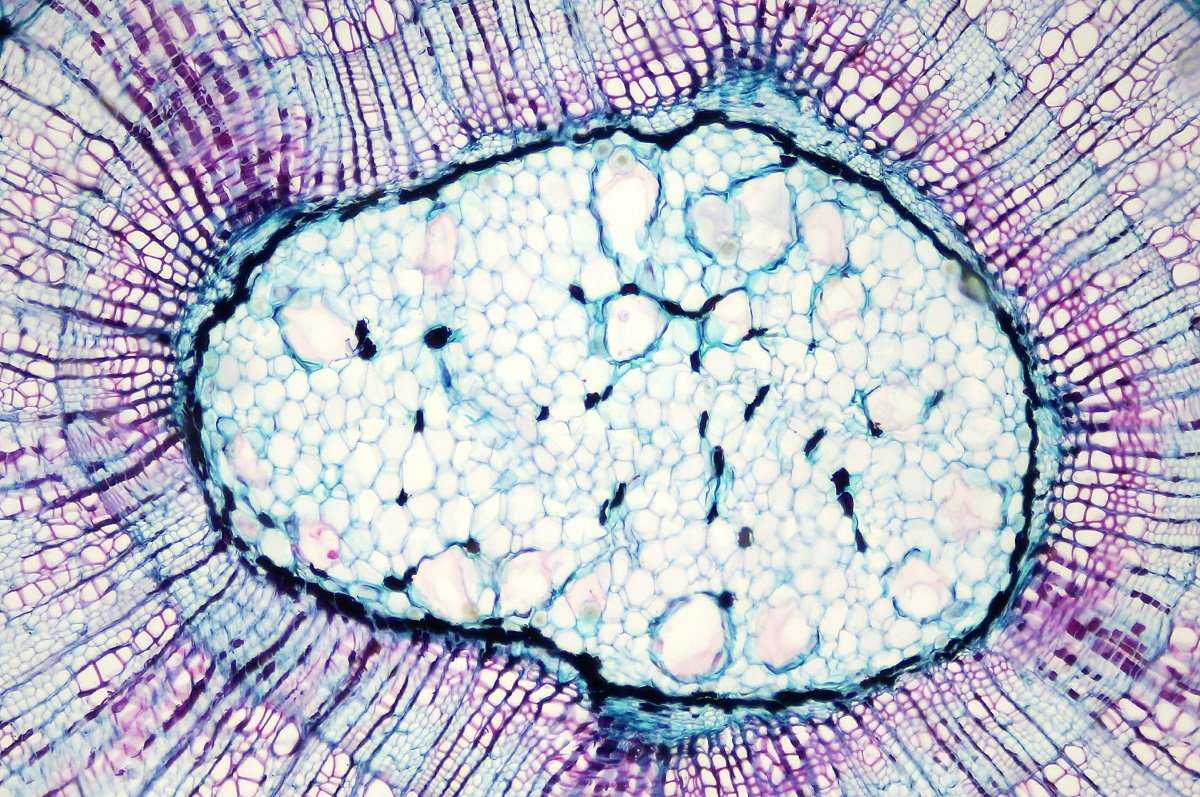KEY TAKEAWAYS
- The study aimed to investigate the role of SWE and CTGF in the prognosis of pts with PTC.
- Researchers found that SWE, CTGF, fibrosis, and TSH levels were key indicators in predicting PTC prognosis.
Papillary thyroid carcinoma (PTC) has shown a rising incidence in recent years. There is significant interest in early diagnosis and treatment of PTC. However, uniform treatment strategies may lead to suboptimal outcomes for some patients (pts) and unnecessary treatment for others.
Despite ultrasound being widely regarded as the optimal imaging modality for PTC diagnosis, its utility in assessing extranodal invasion and lymph node metastasis, particularly central lymph node metastasis, remains a subject of continuous debate.
Xiaoling Leng and the team aimed to investigate the role of shear wave elastography (SWE) and connective tissue growth factor (CTGF) in the PTC prognosis.
They detected CTGF expression with immunohistochemistry and collected the corresponding clinical and pathological data. Data relevant to parameters corresponding to conventional ultrasound combined with SWE were also collected.
The relationship among factors such as CTGF expression, ultrasound indicators, the elastic modulus, and the clinicopathological parameters was analyzed during the study.
Results of the univariate analysis showed that pts with a high risk of PTC were characterized by being male, Uygur ethnicity, increased expression of CTGF, convex lesions, calcified, incomplete capsule, intraocular blood flow, rear echo attenuation, cervical lymph node metastasis, lesions larger than 1 cm, psammoma bodies, advanced clinical stage, increased TSH, and a high value in the shear modulus (P < 0.05).
Multivariate analysis demonstrated that the risk factors of high expression of CTGF, in order of contribution size, were irregular shape, aspect ratio ≥ 1, and increased TSH. The logistic regression model equation was Logit (P) = 1.153 + 1.055 × 1 + 0.926 × 2 + 1.190 × 3. The area under the curve value of the logistic regression was calculated to be 0.850, with a 95% confidence interval of 0.817 to 0.883.
The study concluded that SWE and CTGF were valuable in assessing PTC risk, with fibrosis degree closely related to prognosis. The hardness of PTC lesions and CTGF expression level correlate with conventional ultrasound indexes for differentiating benign or malignant nodules, and irregular shape, aspect ratio ≥ 1, and increased TSH were independent factors of CTGF.
This study was funded by the National Natural Science Foundation of China (82360362).
Source: https://pubmed.ncbi.nlm.nih.gov/38997649/
Leng X, Liu J, Zou Q, et al. (2024). “Application of color doppler ultrasound and US shear wave elastography with connective tissue growth factor in the risk assessment of papillary thyroid carcinoma. BMC Med Imaging.” 2024 Jul 12;24(1):173. doi: 10.1186/s12880-024-01354-w. PMID: 38997649.



